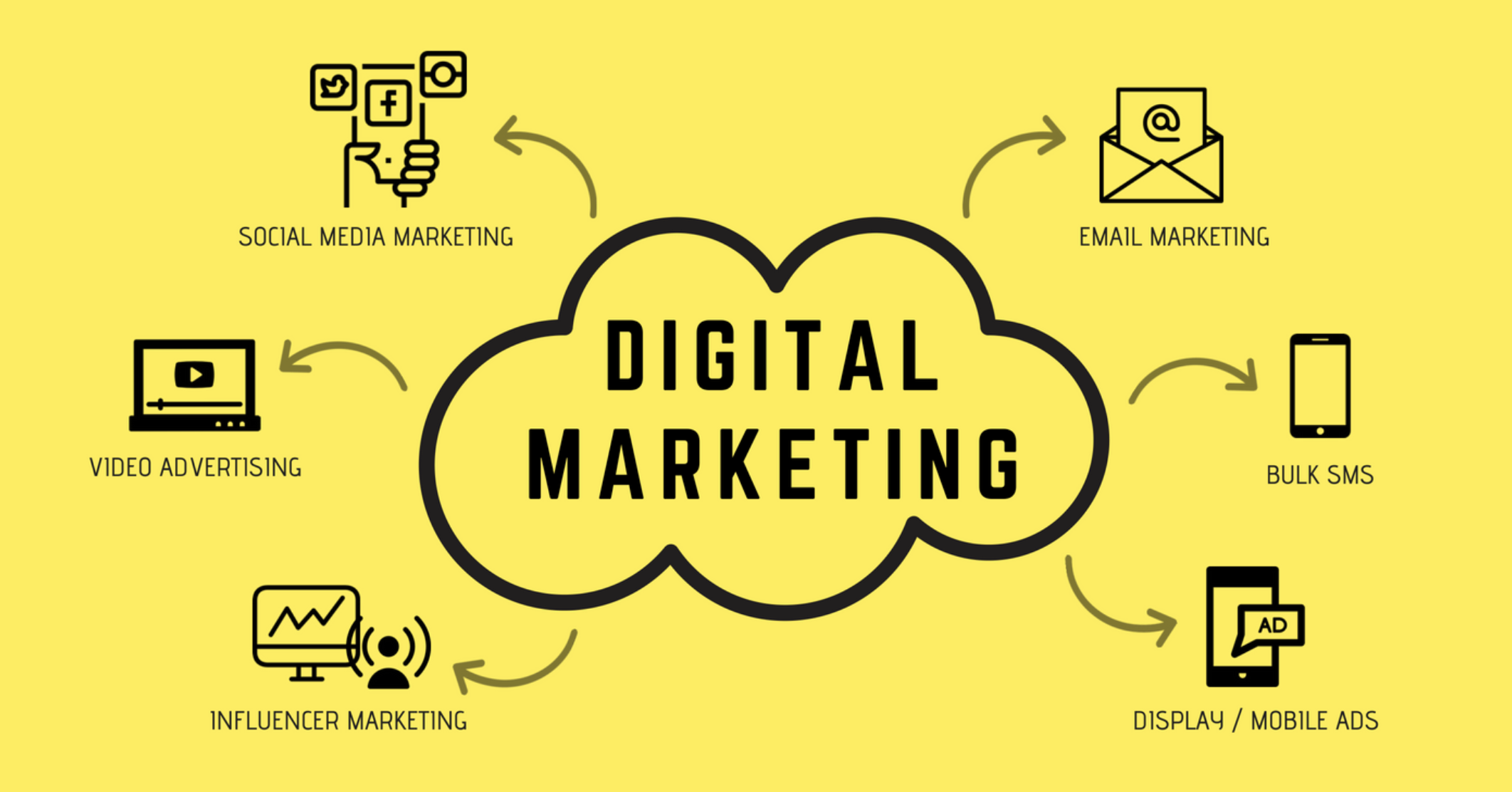Navigating Negative Press: How to Turn a Crisis Into an Opportunity
Learn how to navigate negative press and turn a crisis into an opportunity for growth and improvement. Follow these steps to build trust and regain control of your brand's narrative.

Introduction
In today's fast-paced media landscape, a brand's reputation can be impacted by a negative news cycle or a public relations crisis at any given moment. However, a crisis doesn’t necessarily mean the end of the road for a business or individual. In fact, with the right strategies, negative press can be turned into a valuable opportunity for growth, transparency, and long-term success.
This article will explore how to effectively navigate negative press, turn a crisis around, and use it as a stepping stone to build trust and enhance your brand image. By following these steps, you can emerge stronger from a challenging situation and show the world your resilience and commitment to improvement.
1. Acknowledge the Issue Immediately
The first and most important step in handling negative press is acknowledging the issue as soon as possible. Ignoring or avoiding the situation will only allow the negative narrative to fester and grow. Public perception can quickly shift from disappointment to distrust, so taking control early on is key.
How to Acknowledge the Issue:
- Issue a Public Statement: Craft a clear and concise statement addressing the issue. Apologize if necessary and express empathy for those affected.
- Show Accountability: Take responsibility for the situation without being defensive. Acknowledging where things went wrong will demonstrate transparency and honesty.
- Be Honest: Avoid offering excuses. Be truthful about the situation and share what you're doing to make things right.
This step signals to the public that you're aware of the problem and committed to taking action, which is critical in managing public perception.
2. Assess the Situation and Control the Narrative
Once you've acknowledged the issue, it's important to take a step back and assess the scope of the situation. What are the key facts? Who is affected? What is the underlying cause of the problem? By gaining clarity on these aspects, you can begin to formulate a strategy to regain control of the narrative.
How to Assess and Control the Narrative:
- Identify Key Stakeholders: Determine who is most impacted by the issue—this includes customers, employees, investors, and the media. Tailor your messaging accordingly to address their concerns.
- Consult with Experts: Whether it’s legal counsel, PR specialists, or industry experts, consulting with professionals can help you navigate the situation wisely and avoid missteps.
- Create a Messaging Plan: Outline how you’ll respond to questions, what the key messages will be, and how you’ll engage with the media. Keep the messaging consistent and unified across all channels.
Controlling the narrative means actively shaping how people perceive the crisis and what your response looks like, rather than allowing others to control the story for you.
3. Transparency Is Key: Share Your Plan for Action
When handling a crisis, transparency is vital. People respect brands that openly share how they are addressing the issue and what steps they’re taking to prevent it from happening again. A well-communicated action plan can help mitigate damage and rebuild trust with your audience.
How to Be Transparent:
- Provide Updates: Keep your audience informed about what steps you're taking to resolve the issue, even if the process is ongoing.
- Communicate Timelines: Be realistic about how long it will take to resolve the crisis and the actions you're undertaking to fix it.
- Show Progress: As you make progress, share updates that reflect your efforts and results. This demonstrates accountability and reinforces your commitment to improvement.
By being transparent, you show that you value your audience’s trust and are taking proactive measures to fix the issue.
4. Use Social Media to Engage Directly with Your Audience
In times of crisis, social media can be a powerful tool for addressing concerns, sharing your message, and building trust. Engaging directly with your audience on these platforms allows you to humanize your response and foster a two-way conversation.
How to Use Social Media Effectively:
- Respond to Comments and Concerns: Address any concerns or questions from followers in a timely manner. Acknowledge their feelings and offer thoughtful, sincere responses.
- Highlight Positive Steps: Share the positive actions you’re taking in real time. Use social media to promote any changes, improvements, or new initiatives that come as a result of the crisis.
- Monitor Sentiment: Track how your audience is reacting and adapt your messaging to align with public sentiment.
Social media allows you to be more nimble and authentic in your response, making it an essential tool for managing negative press.
5. Embrace the Opportunity for Improvement and Change
A crisis can be a catalyst for meaningful change within your organization. By embracing the lessons learned from the situation, you can show your audience that you are committed to continuous improvement and that you’re using the crisis to grow.
How to Use the Crisis as an Opportunity:
- Highlight Positive Changes: Whether it's implementing new processes, improving customer service, or enhancing product quality, show your audience that you're not just reacting, but proactively improving.
- Learn from the Situation: Conduct a thorough internal review to understand what went wrong and how to prevent similar issues in the future. Use the crisis as a learning experience for your team and organization.
- Strengthen Your Values: A crisis often highlights areas for improvement in company values or operations. Use the situation to reinforce your core values and demonstrate how you’ve evolved as a result.
When you turn a crisis into an opportunity for positive change, you can reinforce the strength and resilience of your brand.
6. Communicate Your Story Moving Forward
Once the crisis has passed, your next task is to rebuild and reframe the narrative moving forward. Share the steps you've taken, the lessons learned, and how your brand is stronger as a result. This allows you to turn negative press into a success story.
How to Reframe the Narrative:
- Showcase Your Efforts: After the dust has settled, highlight the positive outcomes that resulted from addressing the crisis.
- Focus on Resilience: Share how your organization has bounced back stronger than before, and demonstrate how the experience has made you more prepared for future challenges.
- Celebrate Progress: Highlight the successes that came out of the situation, such as customer loyalty, internal improvements, or positive media coverage.
By reframing the crisis as a learning experience and emphasizing resilience, you can position your brand as one that rises above challenges.
Conclusion
Negative press doesn’t have to be the end of the road for your brand. With a swift, transparent response and a strategic approach, you can turn a crisis into an opportunity for growth, improvement, and deeper connections with your audience. By managing the situation effectively and embracing the lessons learned, you can come out of the crisis stronger and more respected than ever before.
For expert guidance on managing public relations crises, feel free to visit website for more information.
What's Your Reaction?





















